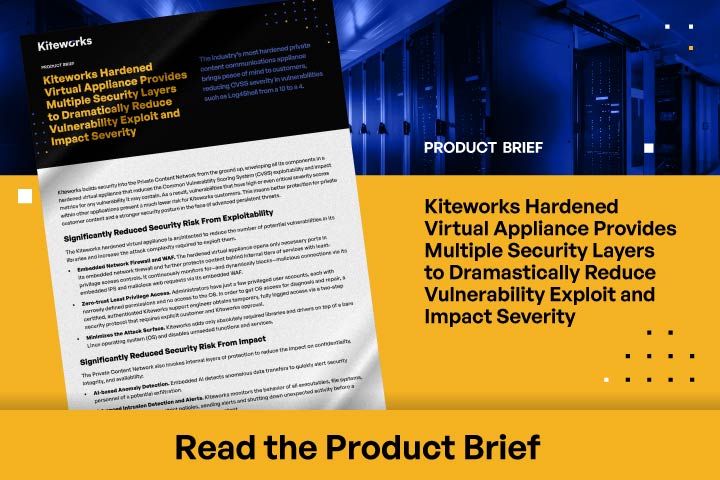
Preventing Intellectual Property Loss
Engineering and Research departments produce or accumulate sensitive information daily. The loss of this information due to rogue employees or careless partners can lead to a loss of competitive edge for the business. Kiteworks provides a secure platform for managing sensitive research data. It allows R&D professionals to control who has access to valuable research data and for how long. Its robust encryption and access control features ensure that only authorized individuals can access these documents, maintaining privacy and data protection.
Ensuring Compliance With Industry Standards
R&D departments must ensure compliance with industry standards, such as quality management systems, safety regulations, or environmental guidelines. Kiteworks provides a secure environment for storing and sharing compliance-related documents, with features like encryption, access controls, and audit logs to protect against unauthorized access or data breaches.

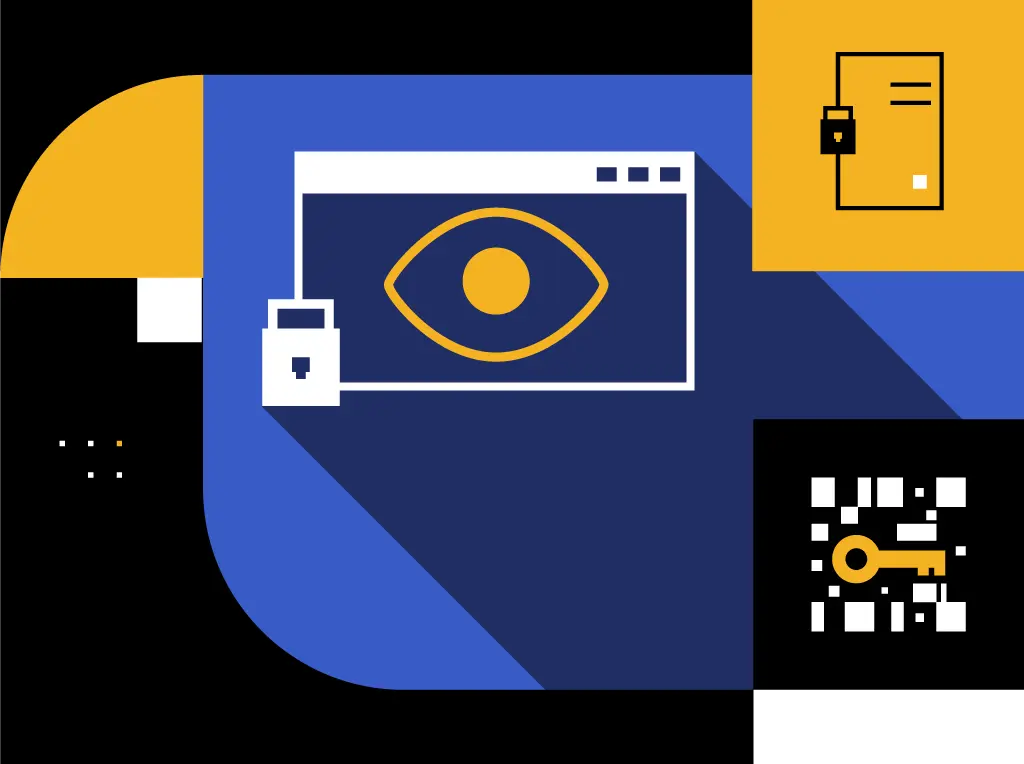
Managing Permissions for R&D Data Access
R&D teams need to manage permissions for data access, ensuring that only authorized individuals can access sensitive research data, product designs, or intellectual property documents. Kiteworks provides robust access control features, such as user authentication, granular permissions, and audit logs, to ensure data is accessible only to authorized users and to maintain compliance with relevant regulations.
Exchanging Research Grant Applications
R&D departments often need to exchange research grant applications, including project proposals, budgets, and supporting documents, with funding agencies or external reviewers. Kiteworks ensures the secure and efficient sharing of these sensitive documents, maintaining data confidentiality and integrity.
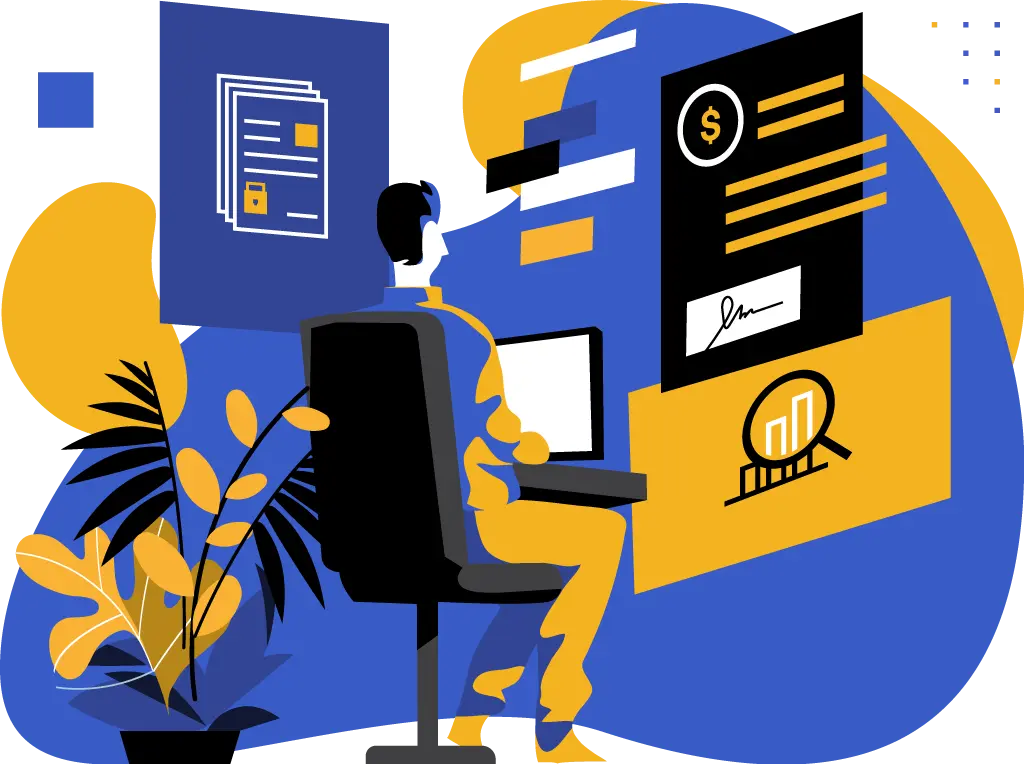

Storing Sensitive Product Designs Securely
R&D departments need to securely store sensitive product designs, such as CAD files, 3D models, or schematics, to protect intellectual property and maintain compliance with relevant regulations. Kiteworks provides a secure environment for storing design files, with features such as encryption, access controls, and audit logs, to protect against unauthorized access or data breaches.
Accessing the Most Current Information in Real Time
Innovation often happens in the field, away from labs or computer terminals. Researchers collecting data in the field require real-time access to maps, lab results, and other critical information. They also need to transmit the data they collect back to colleagues for analysis and feedback.
Kiteworks provides a secure platform for accessing and sharing data in real time. It ensures researchers have fast, simple access to the most current data, regardless of their location. This maximizes productivity and drives innovation. Its robust encryption and access control features ensure that only authorized individuals can access these documents, maintaining privacy and data protection.


Collaborating With First and Third Parties
Collaborating With First and Third Parties R&D teams often need to collaborate on sensitive projects. Ensuring the privacy and security of these collaborations can be challenging. Kiteworks provides a secure platform for collaborating on these projects. Its robust encryption and access control features ensure that only authorized individuals can access these collaborations, maintaining privacy and data protection.
Preparing for Audits
R&D teams need to prepare for audits by securely managing sensitive documents. This can be a challenge due to the need to maintain confidentiality and protect the data from unauthorized access. Kiteworks allows for secure file sharing, ensuring that these documents are protected and confidential. Its robust encryption and access control features ensure that only authorized individuals can access the audit documents, maintaining data protection and confidentiality.
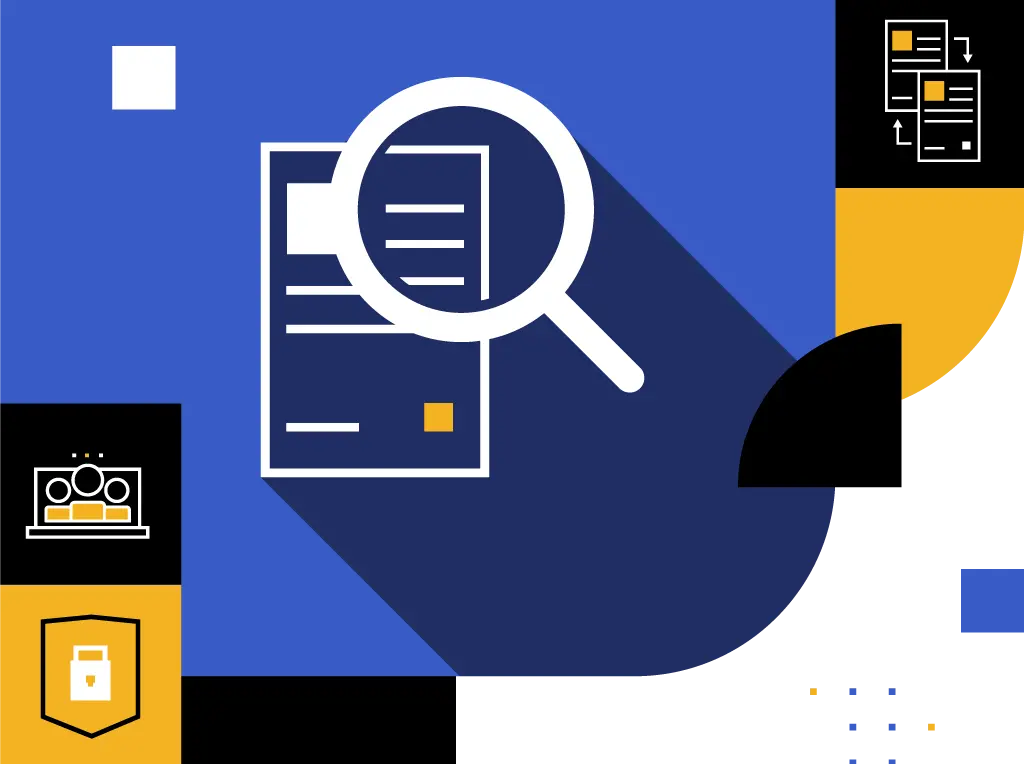
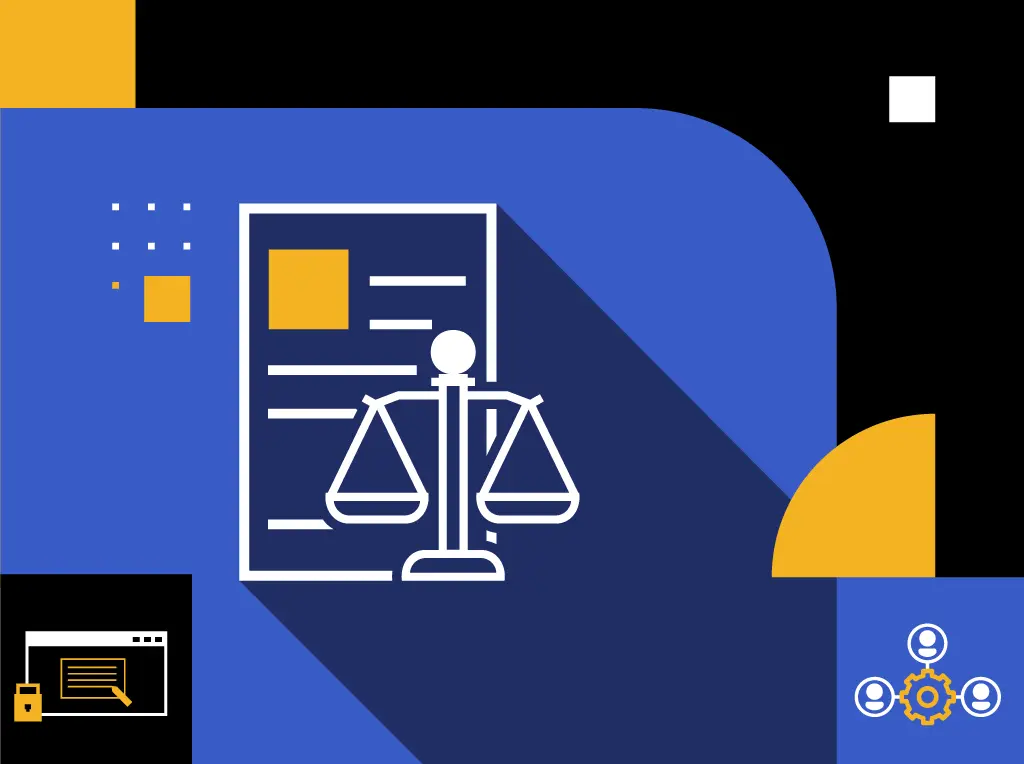
Updating Policies
R&D teams often need to share sensitive policy updates. This can be a challenge due to the need to maintain confidentiality and protect the data from unauthorized access. Kiteworks provides a secure platform for sharing these updates. Its robust encryption and access control features ensure that only authorized individuals can access these updates, maintaining confidentiality and data protection.
Managing Vendor Contracts
R&D teams often need to share sensitive contract documents with vendors. This can be a challenge due to the need to maintain confidentiality and protect the data from unauthorized access. Kiteworks allows for secure file sharing, ensuring that these documents are protected and confidential. Its robust encryption and access control features ensure that only authorized individuals can access the contract documents, maintaining data protection and confidentiality.
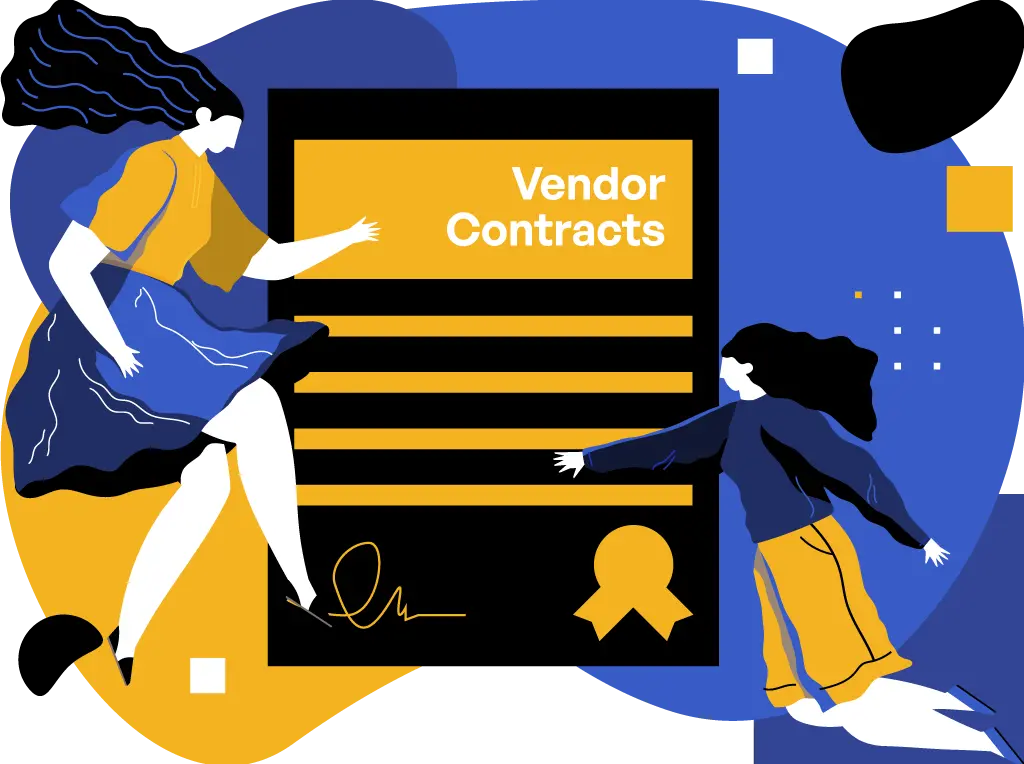

Communicating With Clients
R&D teams often need to communicate sensitive information with clients. Ensuring the privacy and security of this communication can be challenging. Kiteworks provides a secure platform for communicating with clients. Its robust encryption and access control features ensure that only authorized individuals can access this communication, maintaining privacy and data protection.
Complying With Regulatory Filings
R&D teams often need to file sensitive regulatory documents. Ensuring the privacy and security of these documents can be challenging. Kiteworks provides a secure platform for filing these documents. Its robust encryption and access control features ensure that only authorized individuals can access these documents, maintaining privacy and data protection.


Testing Prototypes
During prototype testing, R&D teams often need to share sensitive test results and IP. Ensuring the privacy and security of these results can be challenging. Kiteworks provides a secure platform for sharing these results. Its robust encryption and access control features ensure that only authorized individuals can access these results, maintaining privacy and data protection.
Submitting Patent Applications
R&D teams often need to manage sensitive patent application documents. Ensuring the privacy and security of these documents can be challenging. Kiteworks provides a secure platform for managing these documents. Its robust encryption and access control features ensure that only authorized individuals can access these documents, maintaining privacy and data protection.
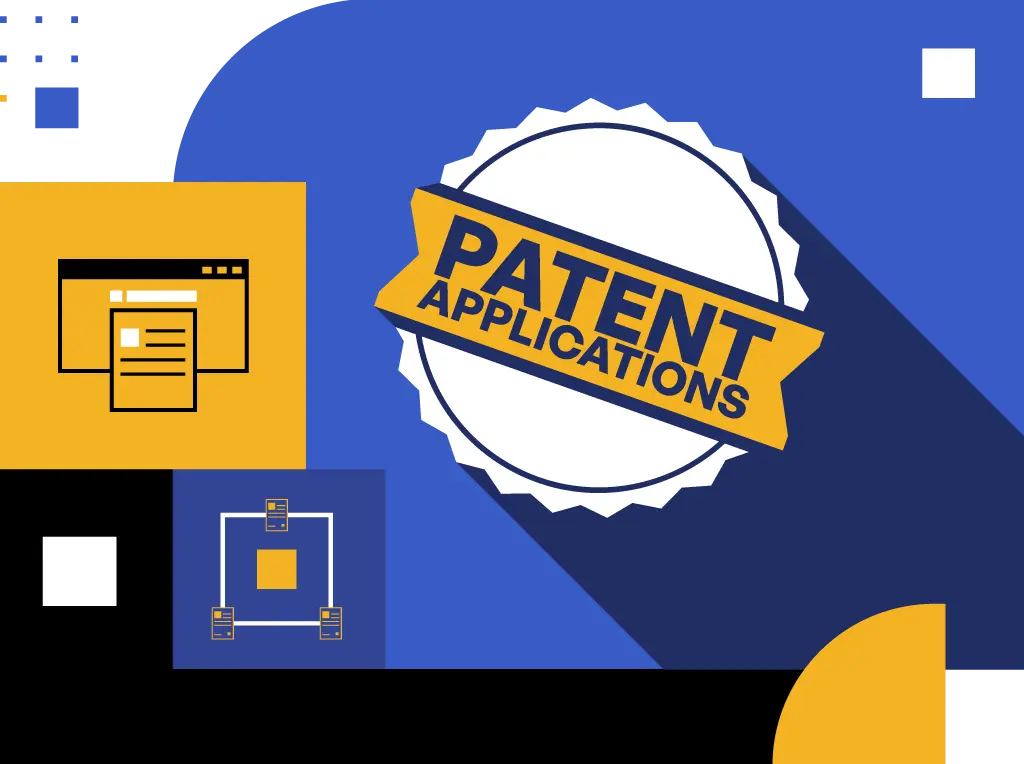
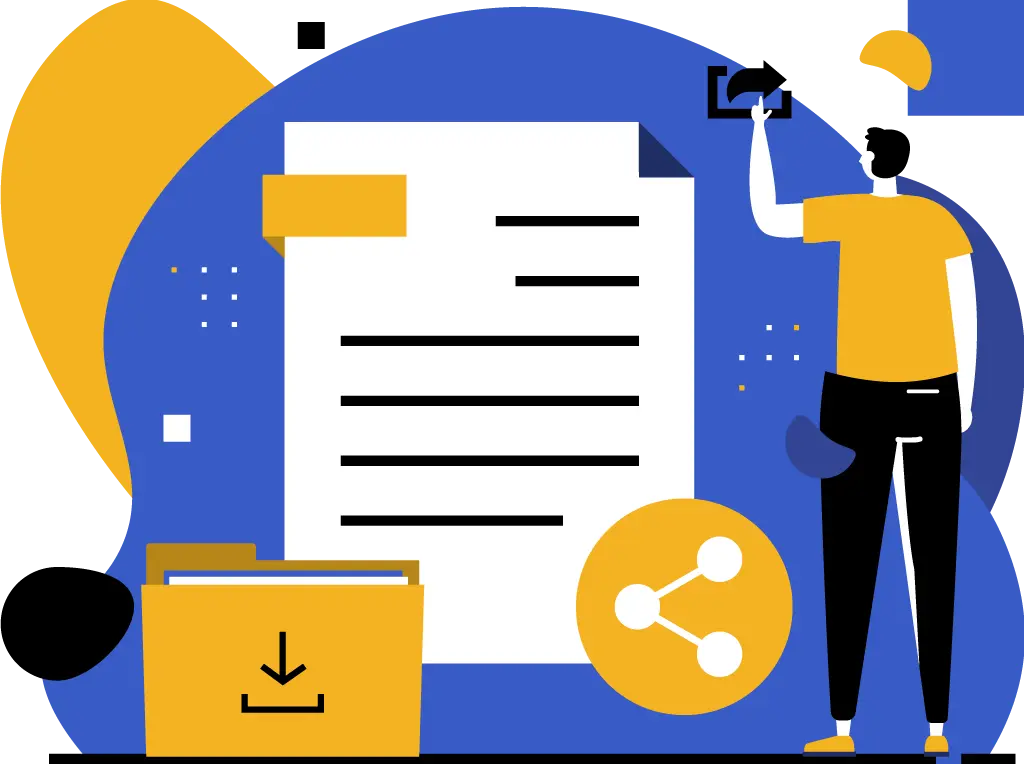
Transferring Technology
During technology transfer, R&D teams often need to share sensitive documents. Ensuring the privacy and security of these documents can be challenging. Kiteworks provides a secure platform for sharing these documents. Its robust encryption and access control features ensure that only authorized individuals can access these documents, maintaining privacy and data protection.
Repelling Cyberattacks
Organizations with a history of innovation are at risk of having their research stolen. Hackers, competitors, criminal organizations, and rogue nation-states pose grave risks to the intellectual property that researchers and developers have created. Kiteworks provides a secure platform for protecting sensitive data from cyberattacks. It creates a secure perimeter around the systems that receive, hold, and send sensitive data. Its robust encryption and access control features ensure that only authorized individuals can access these documents, maintaining privacy and data protection.
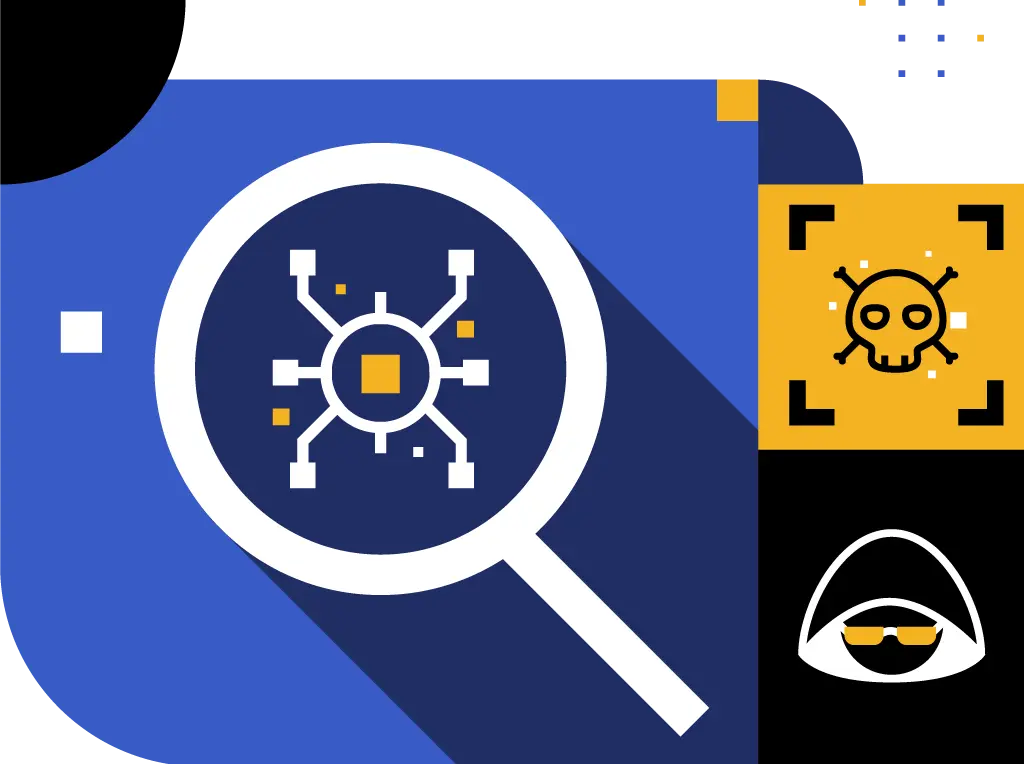
Frequently Asked Questions
Research and development (R&D) teams can handle a variety of sensitive information types, including intellectual property (IP) like formulas, data, prototypes, and software code; proprietary information such as trade secrets and financial results; confidential customer data; and confidential employee information. Some R&D teams may also handle personal information such as biometric data, and personally identifiable and protected health information (PII/PHI).
Research and development (R&D) teams face the risk of unauthorized access to sensitive information whenever they send, receive, or collaborate on sensitive data. Unauthorized access can lead to data breaches and data privacy violations which in turn can lead to intellectual property (IP) theft by criminal syndicates or industry competitors. Compliance violations for regulations such as HIPAA, Sarbanes-Oxley, and GDPR are also a risk factor. To mitigate these and other risks to intellectual property, R&D teams should ensure that all data is protected by strong multi-factor authentication (MFA) and access controls, as well as data encryption in transit and at rest so only authorized employees and trusted partners have access.
Research and development (R&D) teams can protect intellectual property (IP) in many different ways. They can, for example, utilize secure cloud technologies to store and share data, encrypt sensitive information, regularly update and patch systems and applications, implement multi-factor authentication (MFA) for developers, and more. Additionally, R&D teams can deploy secure coding practices, secure their physical environment, use secure tools and frameworks, and limit privileged access to key personnel. Finally, ongoing security testing and monitoring helps ensure that all data is safe and secure. These and other practices will help protect R&D teams and the intellectual property they process and share.
Yes, research and development (R&D) teams do have to demonstrate compliance with GxP. This may include demonstrating compliance with Good Clinical Practice (GCP) as well as other relevant guidance, such as Good Manufacturing Practice (GMP) and Good Laboratory Practice (GLP). R&D teams must ultimately ensure that their products meet all specified regulatory requirements and that their development processes are well-documented and monitored. In addition, R&D teams need to demonstrate that the appropriate personnel are trained and qualified for the tasks assigned to them and that the data generated is accurate and complete.
Research and development (R&D) departments in many industries have certain regulatory compliance requirements with which they must comply. Regulatory compliance, regardless of industry, government, or region, typically includes ensuring any new technologies they develop, create, or modify adhere to specific, rigorous safety standards. They must also ensure that data gathered, produced, or stored meets cybersecurity and/or data privacy requirements. Proper documentation must be maintained to demonstrate compliance with these and other regulations. Additionally, R&D departments should have processes in place to routinely assess compliance with all applicable regulations.
FEATURED RESOURCES
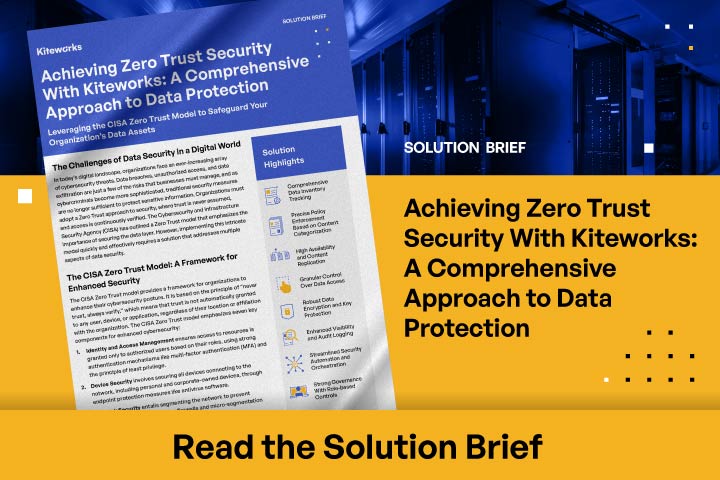
Achieving Zero Trust Security With Kiteworks: A Comprehensive Approach to Data Protection
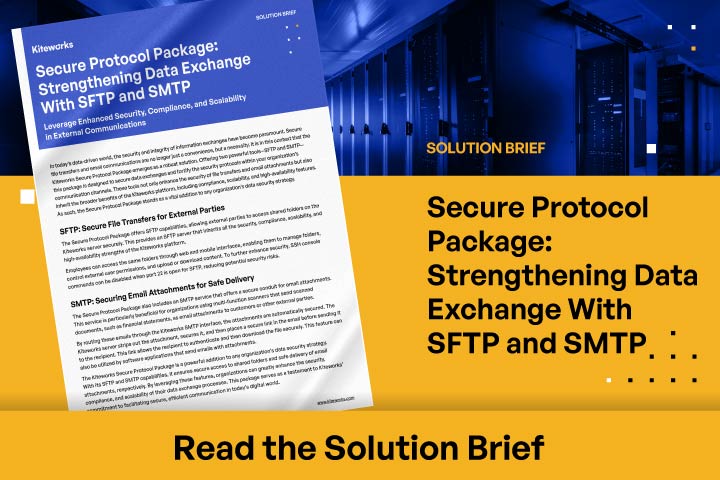
Secure Protocol Package: Strengthening Data Exchange With SFTP and SMTP
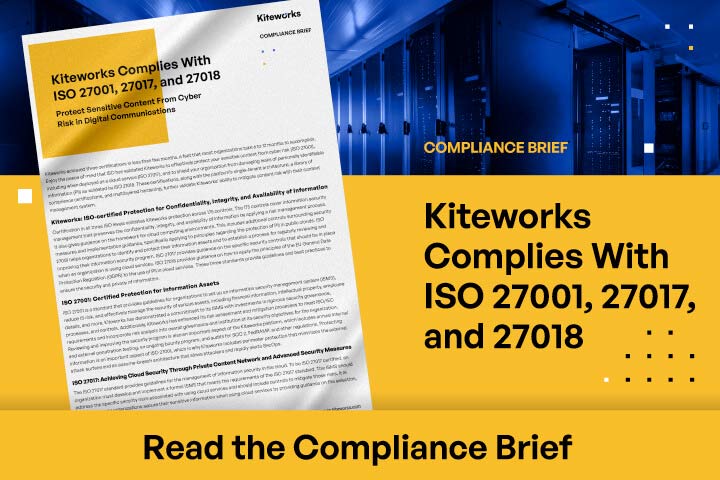
Kiteworks Complies With ISO 27001, 27017, and 27018
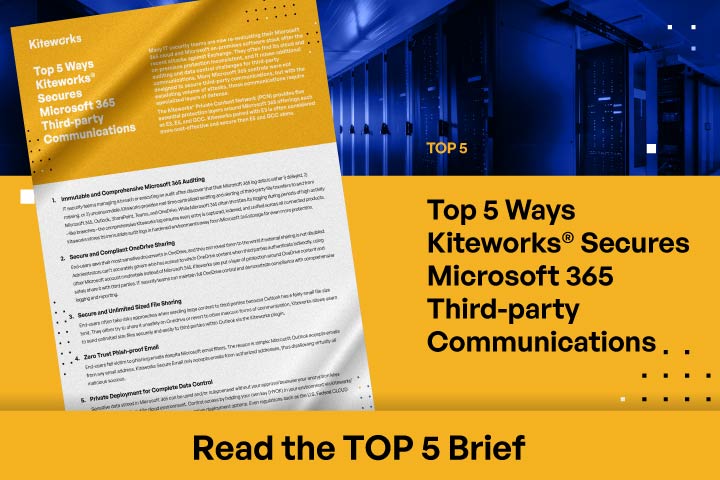
Top 5 Ways Kiteworks Secures Microsoft 365 Third-party Communications

